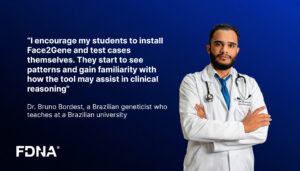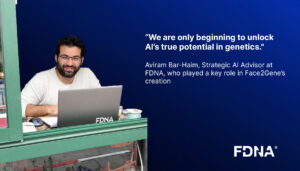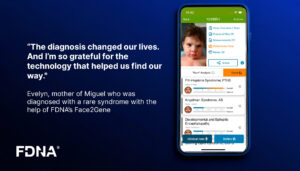December 11, 2017
MEDICAL NEWS TODAY
“Automated facial analysis was completed by a software tool called Face2Gene, which analyses 2-D photos of faces. This package combines several different techniques to measure a range of angles, lengths, and ratios on faces. These measurements are then statistically analyzed to pull out any dysmorphic features.”
Face2Gene is an innovative facial analysis software designed to assist in diagnosing genetic conditions through facial features. Recently, researchers have explored its potential in identifying fetal alcohol spectrum disorders (FASD), a challenging condition to diagnose due to its subtle and varied presentation. Face2Gene uses artificial intelligence to analyze facial images and identify patterns linked to specific disorders. Preliminary studies suggest that the software could effectively recognize facial features associated with FASD, offering a promising decision-support tool for early and accurate diagnosis. This advancement could significantly improve intervention strategies and outcomes for individuals affected by Fetal Alcohol Spectrum Disorder.


